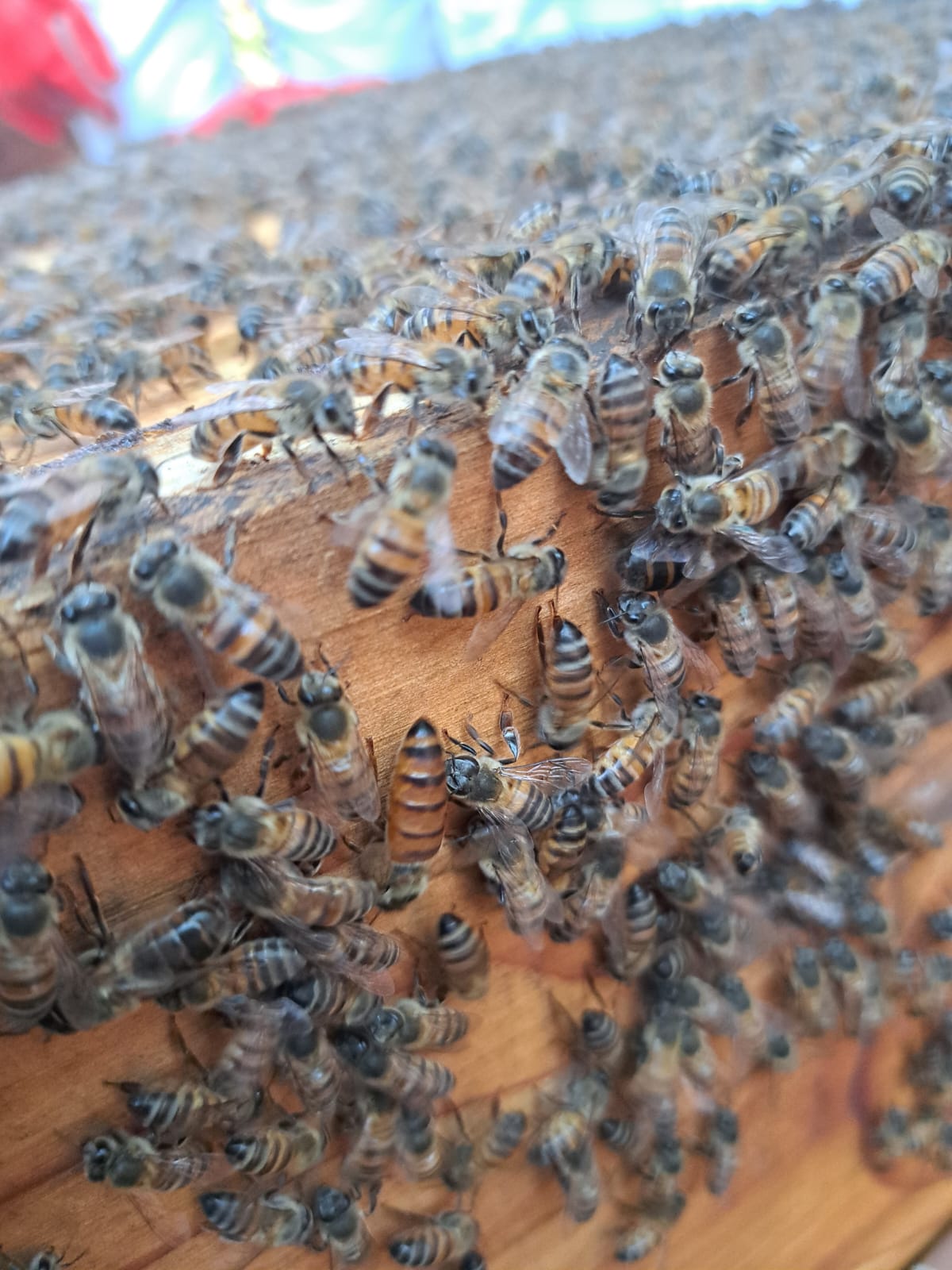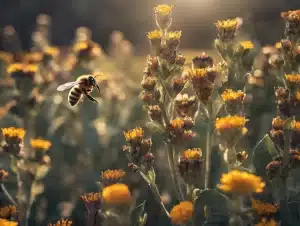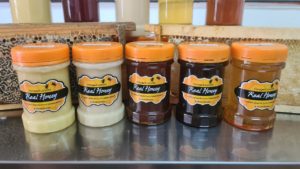How To Attract Bees with Swarm Lure FAQ
So you’re looking for a DIY natural bee bait to attract bees to your hive?
Lemongrass essential oil is a surprisingly good swarm lure and has been used successfully for years by beekeepers to attract swarms looking for a new home.
The smell of the lemongrass oil mimics the smell of scout bees scenting the location of a new home and helps to draw in more scouts.
A little bit of essential oil goes a long way and this isn’t a situation where more is better. The 50ml bottle is enough to bait hives for many seasons. A couple of drops inside the bait hive or swarm trap is enough to last several weeks.
Find your lemongrass oil here:
https://beeware.co.za/product/lemongrass-oil-50ml/
Our Swarm Lure Wipes are also tried and tested by university study with a 90% success rate in luring absconding colonies from a parent colony within 50m diameter.
Attract Bees with Swarm Lure!
By placing the catch boxes within 50m of your apiary hives, if they abscond then they will be drawn to the Swarm Lure inside a catch box.
The Bee Swarm Lure also works to attract bees to empty catch boxes placed on already flowering bee plants to help lure bees to move into them for free!
Bees have a very strong sense of smell.
{6x stronger than a dog!}
They will often pick up previous bee venom on your bee veil, bee gloves and bee suit’s overall from previous apiary visits and even from hive-to-hive. Keep this in mind when managing your visits with washing your overall. See tips below on how to cover the venom pheromone…

Cleaning Your Bee Tools and ‘cover’ the Bee Sting Pheromone
When working at your apiary and between apiaries, it’s a good idea to rinse your bee tools that come into contact with bee venom and bee pheromones that leads to defensive behaviour.
Four Steps to Covering Bee Venom:
- Mix 5L of Water and a cap full of Dettol or bleach
- Dip your PVC rubber gloves
- Dip your hive tool
- Dry them both well before continuing to work with a colony
Why bother to Clean Tools?
- Bees are generally very hygienic in Africa (Still rather wild unlike European bees which have been bred over centuries)
- Diseases such as American Foulbrood travel unseen by the naked eye and will be in the honey, on the propolis and on you and your bee equipment while you work your hives (if present. The trick is that AFB is not identifiable until the final stage) This just makes good practice
- The bee venom pheromone is very effective and will warn other colonies and guard bees against hives you haven’t inspected that they should be alert and go on the defensive. Avoid this by cleaning between hive stations.
- Bee venom will linger for days after the sting has been removed and guard bees and any other bees will recognise it – even away from the hive and go into Defcon 5 especially hive-to-hive and apiary-to-apiary!
How To Manage Bee Stings For Us Beekeepers?
There are five major factors you need to consider when stung and I will also add a huge tip at the end that might just save your finger…
First: Bicarb and or vinegar also help with the itchiness and the sting from the reaction to bee venom. Then put some raw honey on it when you back to the house and put a plaster over that if you need to.
Increased heart rate and sometimes leading to anaphylactic shock. Anaphylaxis is a severe allergic reaction to the venom, food, or medication. Most cases are caused by a bee sting or eating foods that are known to cause allergies.
It’s also exceptionally important to BREATH and KEEP CALM despite it feeling like your heart is running a 100m sprint and wants out of your chest to do so!
Second: Everybody has a reaction to bee venom. Sometimes, this varies due to the age of the bee in question as venom develops over time until it matures around day 18.
And next: Because we ALL react to bee venom our bodies can react differently once stung. Variables such as the age of the venom, i.e. the bee’s age, as well as where you were stung and how long the venom sack was attached AND if one squeezed the venom sack in the process of removing said venom sack will affect the reaction experienced thereafter.
This leads us to the next factor!
The fourth thing: Ideally, it is best to scrape the venom and sting barb from the skin rather than pinch it. If one is stung close to large veins and or sensitive areas then more swelling is bound to occur and a higher reaction rate will follow…
And finally, if you work with bees or a family member does consider this! The best way to really find out is to go get tested! Better to be informed than to assume you are hyper-allergic – where you need an epi-pen or shot of adrenalin to counteract the shock or if you just had a bad reaction and a warm shower, lots of water and rest is required.
P.S. Watch the BeeWareOnline Channel Video below for an explanation about why it matters that you take a warm shower…
MAJOR TIP TO SAVE YOUR FINGER:
Warning: Beekeeping may result in loss of limb or finger when working with defensive bees and any fieldwork when wearing jewellery such as finger rings and watches!
What to do? Put a policy in place that whenever you prepare to do bee work remove your rings and watch.




